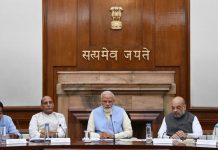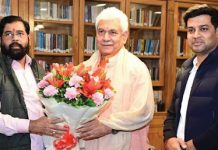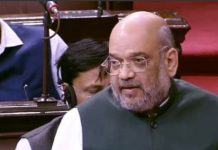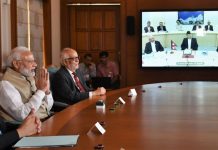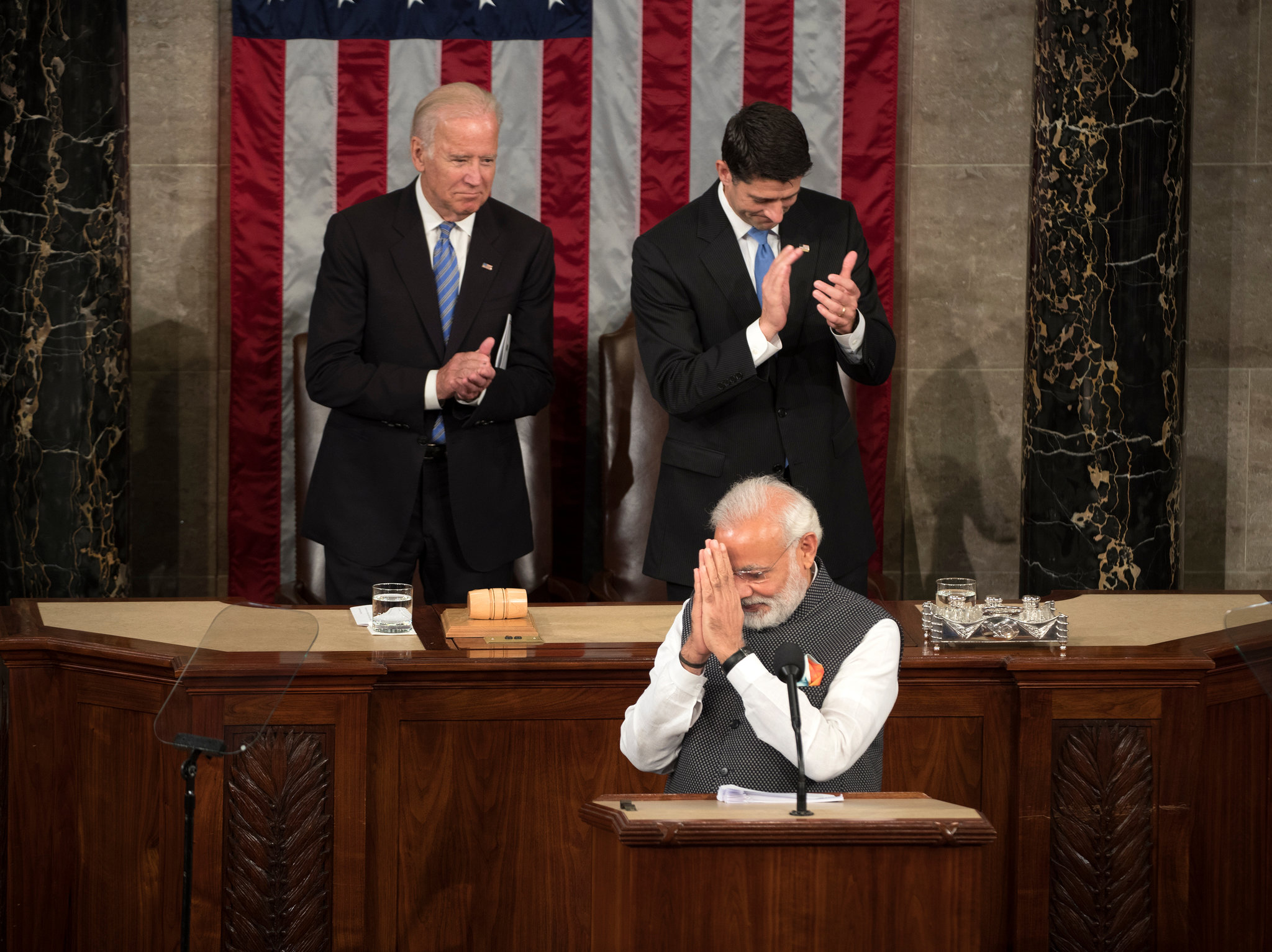
India’s strategy on foreign affairs has evolved during the last 75 years. The way India held its own during Russia-Ukraine war is the latest proof that the country can take a clear stand on any global issue.
With India completing 75 years of its journey since it won independence in 1947, there is an occasion to have a close look at its performance on the foreign affairs front. What has it achieved in this significant area? Could it do better? What should it do to ensure that the country adds substantially to its stature in the comity of nations? These and many other such questions come to one’s mind as one goes deeper into the strategy adopted to protect the country’s interests abroad.
One can notice changes in India’s strategy in accordance with the changing world scenario during these 75 years — from the days of Nehru, the country’s first Prime Minister, known for his internationalism and socialist ideas, to the era of Prime Minister Narendra Modi, heading a powerful government led by the BJP — but the country definitely has been gaining in its stature. India today is in a much better position to take a clear stand on any global or regional issue without bothering about what the world community would think of it. The latest proof of this is provided by India’s independent stand on the Russia-Ukraine war.
Whatever the prevailing circumstances, all the governments that came to be formed, without doubt, did their best to safeguard the country’s national interests while handling issues concerning India’s relations with other nations. This could be seen during the difficult days of Nehru, guiding the country’s destiny as the first Prime Minister, as also now when Prime Minister Narendra Modi is presiding over the political dispensation. Nehru did not allow India to join either of the two power blocs existing then— one headed by the US-UK and the other by the erstwhile Soviet Union.
Nehru laid the foundations of a foreign policy that was free from the influence of power blocs. He found willing leaders to launch the Non-Aligned Movement which held its first conference at Belgrade (the capital city of then Yugoslavia) in 1961. Besides Jawaharlal Nehru, those who played the leading role included Yugoslavia’s Josip Broz Tito, Egypt’s Gamal Abdel Nasser, Ghana’s Kwame Nkrumah and Indonesia’s Sukarno. These countries had earned the hard way their freedom from the colonial powers in the wake of World War-II. The establishment of NAM catapulted India to the world stage as one of the countries not allowing themselves to be used by any power bloc for its purpose of expanding areas of influence.
Before NAM was born, India decided to develop friendly relations with its most important neighbour, China, as an answer to the US policy of focusing more on Pakistan than any other country in South Asia. With a view to finding a solution to the Tibet problem, Nehru signed an agreement with China in 1954 on the basis of Panchsheel (five sacred
Buddhist principles like non-interference in any other country’s internal affairs, mutual non-aggression, showing respect for others’ territorial integrity and sovereignty, promoting equality and mutual benefit and peaceful co-existence). However, increased Chinese
repression in the Tibetan region led to an uprising in 1959, resulting in the Dalai Lama escaping to India along with many of his followers.
This ruptured New Delhi’s relations with China so much so that the latter militarily attacked India in 1962, leaving it bewildered. Nehru trusted the Chinese considerably, but they proved to be utterly untrustworthy. The slogan ‘Hindi, Chini bhai, bhai’ was now in tatters.
Today, however, an entirely different scenario has emerged. Despite the unending border disputes, trade between India and China has been growing fast. China remains the largest trade partner of India and for the first time their bilateral trade exceeded $100 billion in 2021, according to the latest available figures.
For a long time, India has been giving top priority to developing relations with its neighbours. New Delhi has always been busy building bridges of understanding not only with China, but also with Nepal, Sri Lanka, Bangladesh and Myanmar. India began to focus on its neighbours in 1991 as part of its Look East Policy, which came to be known as the
Act East Policy with the formation of the Modi-led BJP government in 2014. Though India has been facing a tough competition from China in South Asia and East Asia as Beijing has been investing liberally in the countries in these regions as part of its String of Pearls policy, these nations have been no less interested in developing relations with India.The truth is that these Asian countries have been feeling very uneasy with the growing presence of China in their territories. The reason is China’s clandestine policy of enslavement through investment. Pakistan remains in the tight grip of China as a result of this very policy.
China invariably looks the other way when a friendly country is caught in a crisis as has been witnessed in Sri Lanka. China did little to prevent the economic turmoil in Sri Lanka despite having excellent relations with the island nation. India, however, came to the rescue of Sri Lanka with an aid package of $4 billion during the unprecedented economic crisis its southern neighbour faced though this could not prevent what ultimately happened there.
The biggest challenge for India’s foreign policy establishment came when Russia invaded Ukraine on February 24. Despite tremendous international pressure on India to condemn Russia for its aggressive behaviour, New Delhi continued to stick to its stand on the conflict
in accordance with its own economic and strategic interests. As External Affairs Minister S. Jaishankar explained it without taking sides, New Delhi “urged a cessation of hostilities, return to dialogue and national sovereignty”. India did not see logic in condemning
Russia, as the West wanted. Since the war’s impact was bound to be on petroleum and food prices, India could not afford to take a stand which would have affected oil and gas supplies from Russia. At present, India’s import of Russian crude comes to over 10 per cent of the total oil import by New Delhi from various countries — an increase of over 50 per cent since the Russia-Ukraine war began. In May, Russia overtook Saudi Arabia to emerge as the number two oil supplier to India after Iraq.
If India’s assertiveness to protect its national interests are clearly visible in its strategy vis-a-vis the Russia-Ukraine war, it can also be seen in New Delhi’s approach towards West Asian countries. With Modi taking over as Prime Minister, India transformed its policy for this region by refusing to treat Israel the way it was done before the BJP captured power at the Centre. Modi visited Israel in 2017 to infuse a new life in New Delhi’s relations with Tel Aviv, but the focus on the Arab Gulf countries remained unaffected. He made a series of visits to Israel, Saudi Arabia, Iran, the United Arab Emirates (UAE), Jordan, Qatar, Oman, Bahrain and the Palestinian territories, providing proof of a more active diplomatic engagement with a broader Middle-East region than what was the situation previously. It is not without reason that the UAE honoured Modi with its highest civilian award called the “Order of Zayed”.
If the world has got transformed drastically during these 75 years, so has India. It was not an economic powerhouse when India got herself freed from the British yoke. But now it is, as the figures provided by the IMF show. In 2019, India became the world’s fifth largest economy with a GDP of $2.94 trillion, overtaking France ($2.71 trillion) and the UK ($2.83 trillion). It is expected to set a new record in the years to come.








